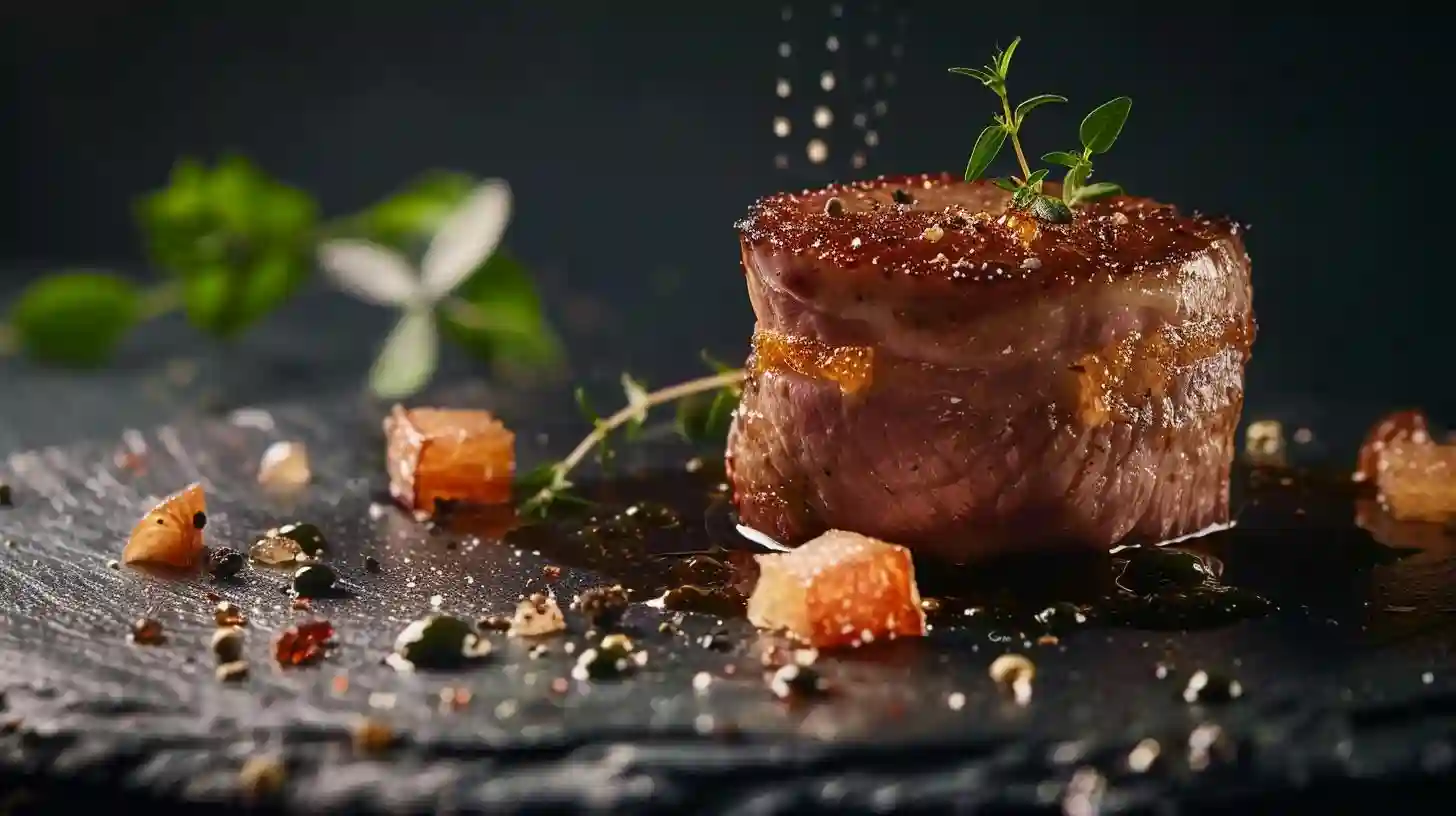
Фуагра, или печень гуся, является одним из самых изысканных и дорогих деликатесов в гастрономии. Этот продукт не только привлекает своим необычным вкусом и текстурой, но и окружен множеством традиций и мифов. В этом материале мы подробно рассмотрим историю появления фуагра, методы его производства, особенности приготовления и подачи, а также его культурное значение в различных кухнях мира.
Истоки фуагра уходят в древние времена, когда истории о лечении гусей, чтобы увеличить их печень, начинают появляться в текстах еще в Древнем Египте. Древние египтяне осознали, что, перекармливая гусей, они получают не только больше мяса, но и значительно увеличивают печень. Этот процесс стал основой для более современных методов производства фуагра. Кроме того, сохранившиеся указы и рецепты того времени свидетельствуют о том, что деликатес уже имел важное значение в пище аристократии.
С развитием гастрономических традиций во Франции фуагра стал не просто продуктом, а настоящим символом haute cuisine. В средние века его начали подготавливать с использованием специальных методов, что делало печень гуся более вкусной и насыщенной. Восхваление фуагра распространилось по всей Европе, и он стал придворным деликатесом во многих странах. Способы его приготовления и подачи начали различаться в зависимости от региона, однако неизменным остаётся его статус как одной из самых дорогих составляющих меню.
Процесс производства фуагра требует внимания и мастерства. Для его получения используют специальные породы гусей, которые разводят в условиях, способствующих получению насыщенной печени. Одним из ключевых этапов является кормление, которое, несмотря на свою простоту — путём введения специального корма через зонд, вызывает множество споров среди защитников прав животных. Критики этой практики утверждают, что такие методы вызывают страдания у птиц, в то время как сторонники подчеркивают важность традиций и вкусовых качеств конечного продукта.
Фуагра можно приготовить разными способами. Он прекрасно сочетается с сладкими компонентами, такими как варенье или фрукты. Киас из фуагра в сочетании с инжиром или абрикосами зачастую становится настоящим шедевром. Опытные повара используют необычные акценты, добавляя коньяк или трюфели, что делает блюдо неповторимым и изысканным. Важно помнить, что этот деликатес требует тщательной подготовки и точного соблюдения температурного режима, чтобы сохранить все его уникальные качества.
В дополнение к непосредственно приготовлению, подача фуагра также играет существенную роль. Более всего ценится его эстетический вид на тарелке. Элитные рестораны обращаются к искусным шеф-поварам, которые создают настоящие произведения искусства, оформляя фуагра свежими травами, соусами или даже цветами. Идеальная подача может оказать сильное влияние на общее впечатление от блюда, потому как фуагра не только порадует ваши вкусовые рецепторы, но и станет настоящим зрелищем для глаз.
Однако культура потребления фуагра вызывает немало споров. В последние годы целый ряд культурных и этических вопросов восстал вокруг авторства и практик, связанных с производством этого деликатеса. Антиглобалисты и защитники прав животных выступают против метода кормления, который, по их мнению, противоречит этическим нормам и вызывает страдание у птиц. Это ведёт к изменениям в законодательстве и к тому, что некоторые шеф-повара стремятся найти более гуманное альтернативное решение. Экологически чистые методы разведения и прохладные формы кормления становятся всё более популярными и вводятся в практику.
Фуагра не только гастрономический деликатес, но и культурный символ. Он тесно ассоциируется с французской культурой и историей. На протяжении веков фуагра использовался в качестве подарка и знака уважения, а также символа достатка. Употребление фуагра на праздниках и торжествах подчеркивает статус гостей и хозяев. Всякий раз, когда мы встречаемся с друзьями или семьёй за застольем, фуагра становится не просто блюдом, а источником общения и хорошего настроения.
Тем не менее, фуагра — это не только продукт высокой кухни, но и часть богатой гастрономической истории и культурного наследия. Традиционные рецепты передаются из поколения в поколение, и каждый шеф-повар добавляет в процесс производства что-то своё, уникальное. Это помогло фуагра занять особое место в сердцах гурманов по всему миру. Неудивительно, что фуагра иногда называют «золотой печенью», и такая ассоциация не случайна.
Для многих людей фуагра — это больше, чем просто еда; это целый ритуал. Употребление фуагра напоминает о том, как важно наслаждаться жизнью, ценить искусство приготовления пищи и создавать яркие моменты с близкими. В каждом кусочке фуагра сконцентрированы века традиций, истории и мастерства, что делает этот деликатес действительно неповторимым.
Фуагра не только радует вкусовые рецепторы, но и обогащает наше понимание гастрономии и культуры в целом. Это блюдо осталось неизменным символом роскоши и удовольствия, привнося в нашу жизнь моменты наслаждения и блаженства. В мире, где каждый день наполнен трудностями и спешкой, фуагра предлагает возможность остановиться и насладиться настоящим вкусом жизни, почувствовать гармонию и удовлетворение.